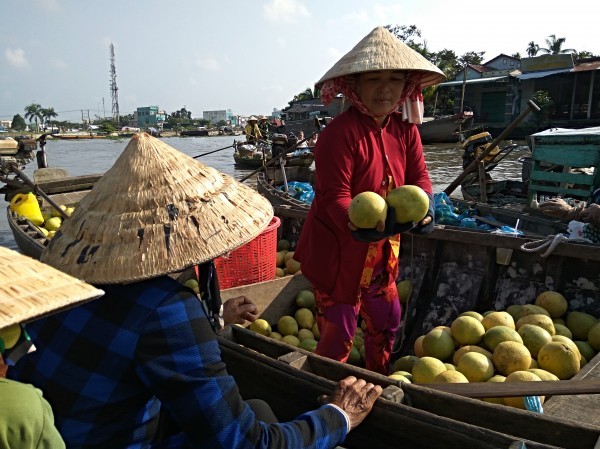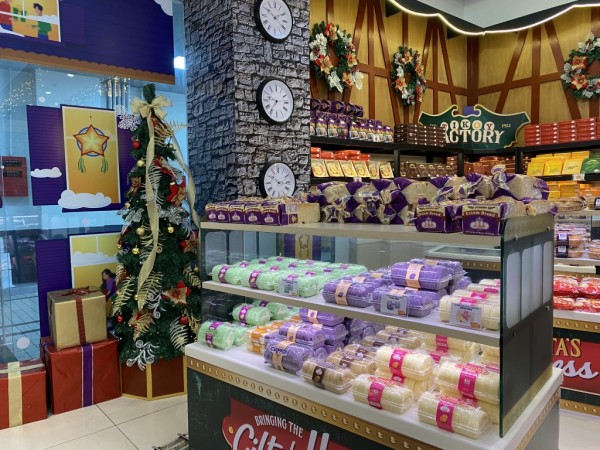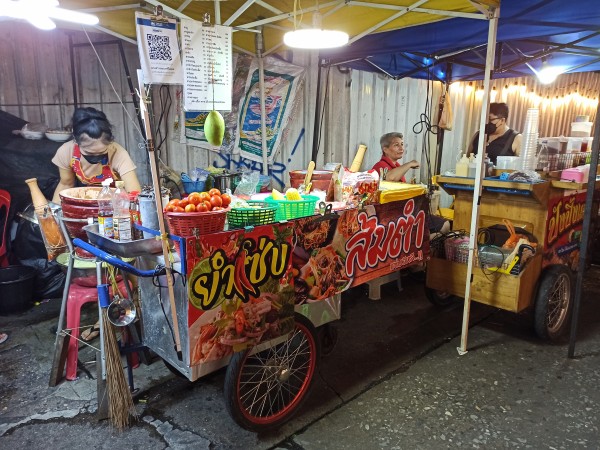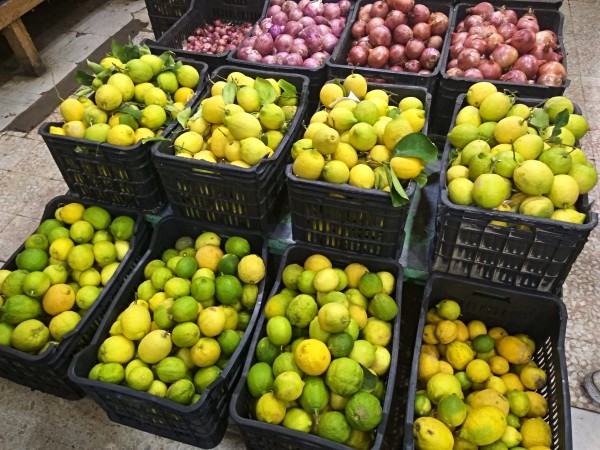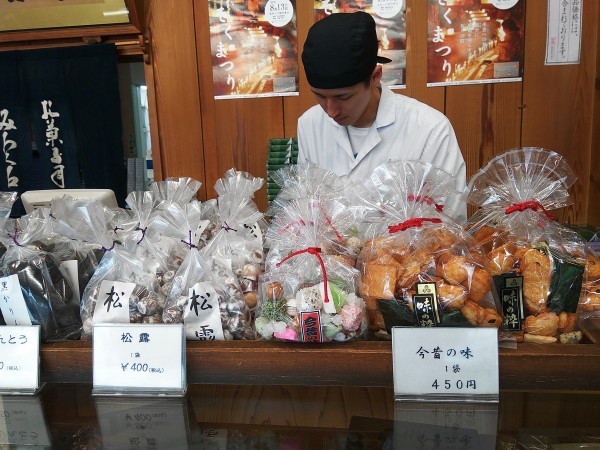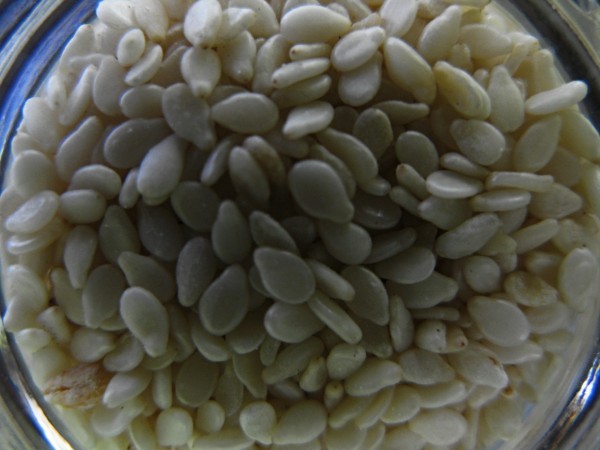
Goma Dofu: The Silky Sesame Tofu From Japan’s Ancient Temples
Goma dofu, or sesame tofu, is a delicately textured, savory dish that’s a beloved part of Japanese Buddhist temple cuisine (shojin ryori).

Discover Kawagoe: Your Ultimate Guide to Tokyo’s Little Edo
Embark on a journey to Kawagoe and immerse yourself in the timeless beauty of Little Edo. Whether you're a history enthusiast, a foodie, or simply seeking a peaceful escape from Tokyo, Kawagoe offers a unique and enriching experience.

Discovering gems and cultural sights of Yanaka during a nice stroll
Yanaka is a part of Taito. The name Yanaka appeared for the first time during the Edo period to describe the area that was situated between hills of Ueno and the valley of Hongodai, known also as Shitaya. The concentration of Buddhist temples in this area is a consequence of the urban architecture design from the Edo period. Starting from that moment, Yanaka became the area known as the “city of temples and colins”.

Meiji Jingu Shrine in Tokyo
Meiji Jingu is dedicated to the divine soul of Emperor Meiji and his consort Empress Shoken (their tombs are in Kyoto). Emperor Meiji passed away in 1912 and Empress Shoken in 1914. After their demise, people wished to commemorate their virtues and to venerate them forever. Thanks to the sincere heart of the people, this shrine with the forest was established on November 1, 1920.

Starbucks with a View: Rooftop Garden at GINZA SIX in Tokyo
Matsuzakaya Ginza store opened as the first department store in Ginza in December 1924, a year after the Great Kanto Earthquake, leading the recovery of Ginza. The approximately 43-meter-high building, which had eight floors above ground and the basement, was the tallest in Ginza at that time.

Special Days in Edo - Decorated City and People
Tokyo finds its origin in a city originally called “Edo”. After Tokugawa Ieyasu moved to Edo in 1590, he excavated canals and reclaimed the inlets of Tokyo Bay to develop towns for people to live in. This was the beginning of Edo, which evolved into one of the largest metropolises in the world.

Japanese Tea Types
Tea was introduced to Japan by the Buddhist priest Eisai at the end of the 12th century. Eisai gave tea seeds to the Buddhist monk Myoe and that seeds become the basis for Uji tea after being sowed in Toganoo, Kyoto. Uji in terms both f geography and climate, is suitable for tea growing. Therefore, Uji tea become famous for producing high-quality tea.

Tokyo Higashi-Ginza Starbucks before a single act in Kabukiza Theatre Play
Kabuki is recognized internationally as one of Japan’s great performing arts with 400 years of history. Essentially a popular theatre has always reflected the tastes and fashions of the townspeople of that time. Buy a Sigle Act ticket and have an unforgettable experience.

Visit National Historic Site – Meigetsu-in Temple in Kamakura
Visit National Historic Site – Meigetsu-in, the temple with Kannon Bodhisattva as the main image of worship. The temple that was founded in the year 1160 as “Meigetsu-an” (Bright Moon Hermitage) by Yamanouchi Tsunetoshi.

Shinjuku Must-see Spots Route
See the best places in Shinjuku during 8 active hours. Don’t miss photo spots and enjoy a leisure walk through Shiki-no-michi Street that is a comfortable path full of greenery.

The Head Temple of the Kenchoji School of Rinzai Zen in Kamakura
With more than 400 branch temples in Japan, Kenchoji Temple ranks first among the Five Great Zen Temples in Kamakura. The formal name is Kofukusan Kenchoji. Founded in 1253 by Hojo Tokiyori (1227-1263), the fifth regent of the Kamakura shogunate, it was the first Zen temple in Japan.

Explore Tokyo – City & Suburbs
From Anime pop culture hotspot to stylish spots for a night on the town, discover an endless array of places for all kinds of fun in Tokyo. Visit best places in the city center of Tokyo and its suburbs.

A day trip from Tokyo to Little Edo in Kawagoe
Would you like to do time-travel and feel the Edo atmosphere? If so, you can do it easily in Japan. Are you curios where is it? Just read the post! Feel that unique atmosphere where local products melt with some modernity. Where people in kimonos stroll on the same lanes as people in jeans, T-shirts and sneakers.

Eishoji Temple - the only nunnery in Kamakura
Visit the only nunnery in Kamakura in Eishoji Temple and admire many structures designated as a National Important Cultural Property. Tokozan Eishoji is a temple of the Jodo sect of Buddhism and the only nunnery in Kamakura today. The grounds were said to have been the residence of Ota Odkan (1432-1486), a reputed warrior of his era.

Visit the main temple of the Engakuji Temple sect in Kamakura
Visit Engakuji Temple in Kamakura that is the main temple of the Engakuji sect, the school of Rinzai Zen Buddhism. Engakuji is a Buddhist temple founded in 1282 for Hojo Tokimune who was the regent of the Kamakura shogunate. Hojo Tokimune played a significant role in the Japanese history because he led the army against Mongol invasions.

Meet Ten Kings of the Underworld in Ennoji Temple in Kamakura
The Buddhist concept of retribution means that doing good things leads to good results in the afterlife, and committing evil things leads to bad results. Ten kings of the Underworld judge whether people have been good or evil in their lives. If you want to meet all ten of them, visit the Enno-ji temple in Kamakura.
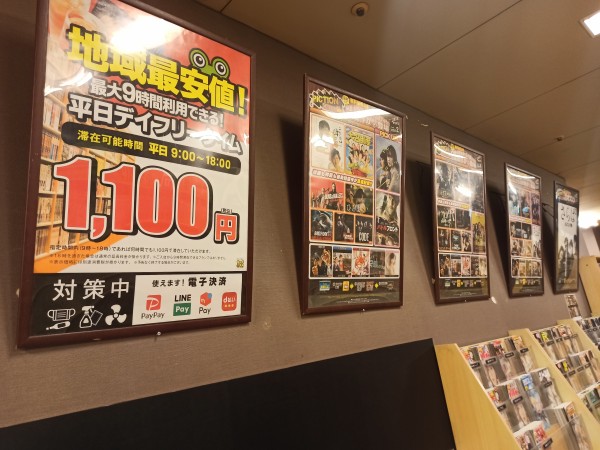
A budget overnight with refreshments in Manga Kissa, Asakusa, Tokyo, Japan
Staying in Japan might be quite expensive especially if you are visiting main cities during the weekend or during festivals. If so, prices can be even trice as they are during the workweek. But, do not worry. If you are planning your trip to big cities, you would have an option to overnight in manga kissa.
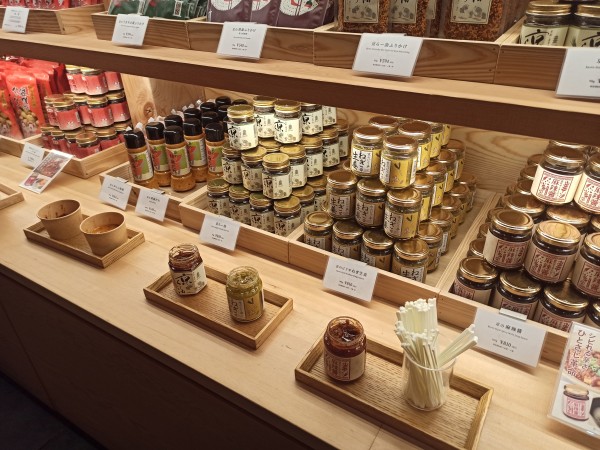
Furikake, ichimi and shichimi togarashi - TOP Kyoto Condiments
Ichimi and shichimi are essential seasonings for Japanese food. In Japan, ichimi and shichimi are sprinkled on food to suit individual tastes. These condiments are ideal for rice and noodle dishes. Apart form that, they can be used for seasoning soups, pasta and meat.
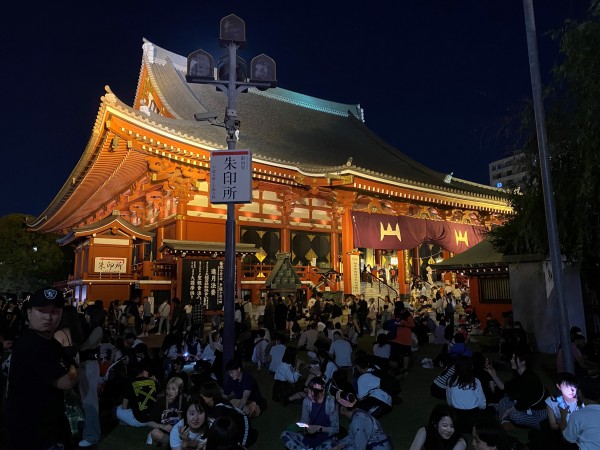
Sanja Matsuri Festival – feel the Japanese spirit and enjoy food tasting around Asakusa Shrine
Sanja Matsuri is one of the most spectacular festivals in Japan. It is one of so called ‘Three Great Shinto Festivals in Tokyo’ (including Sanno Festival and Kanda Festival). It takes place in May during the first three weekends. And that is a great moment for trying Japanese food.
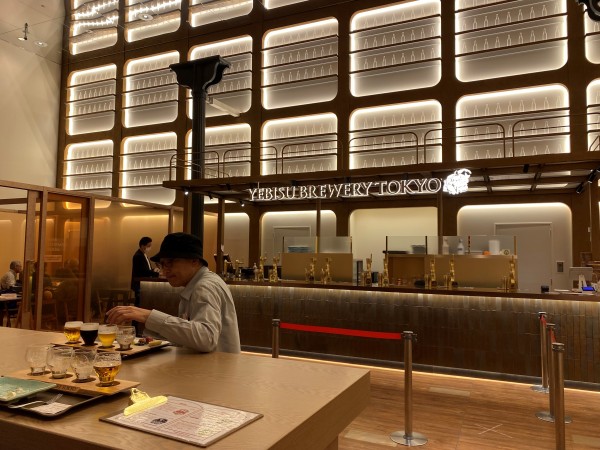
Try Yebisu beer - one of the Japan’s most prestigious beer brands in Tokyo
YEBISU Brewery Tokyo provides a unique YEBISU experience at the brand’s birthplace. Here visitors delight in new beers and new ways to enjoy them.
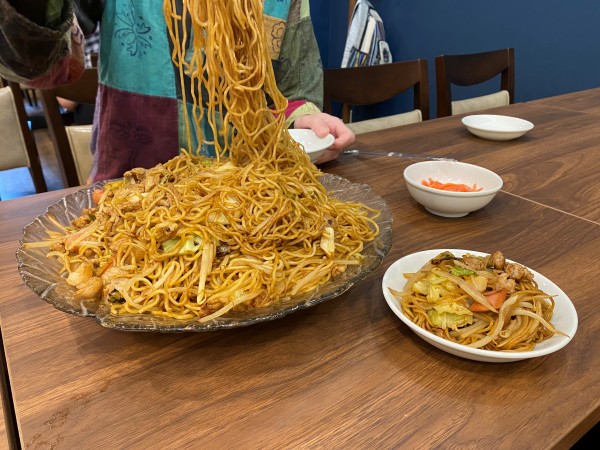
Try Yakisoba during the Sanja Matsuri Festival
Fried noodles are very popular in many Asian countries. And so, it is in Japan. Japanese fried noodles are called Yakisoba – in Japanese it is 焼きそば. Usually they are prepared from Chinese-style noodles mixed with different meats, vegetables and with a dark soy sauce. These Chinese noodles are made from wheat flour and do not contain eggs.
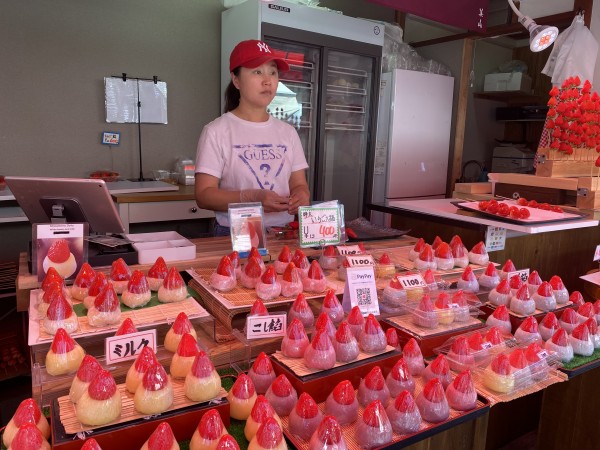
Ninenzaka and Sannenzaka - strawberries, mochi and matcha desserts in Kyoto's Best Old Streets
When you think about Kyoto, you probably think about multiple temples, shrines, Nijo castle and the Kyoto imperial Palace. However, that is not all. Apart from the geisha district, Pontocho and Gion there is a few museums and restaurants serving a good Japanese food.
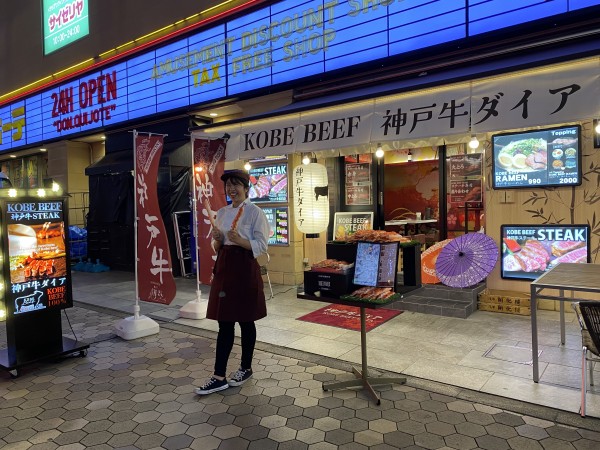
What is so special about Kobe beef? All you need to know about it
Have you ever heard about Kobe beef? Do you like steaks and a good quality meat? If so, read this post and learn more about this Japanese meat.
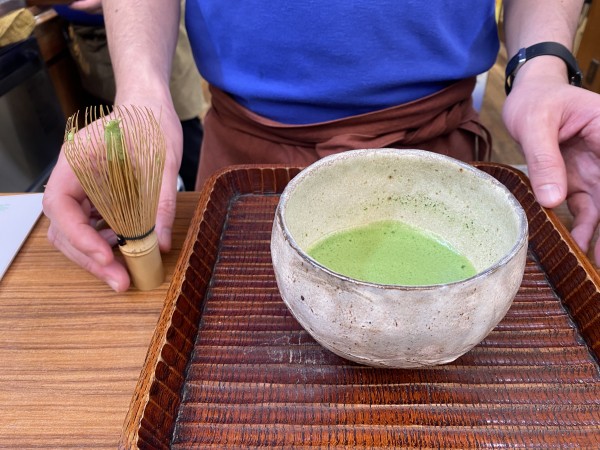
How to make matcha tea - the ultimate guide with photos
With these easy steps giving you a comprehensive guide to preparing Japanese matcha tea, you will be able to celebrate these unique moments in every place. You will also learn how to replace all traditional utensils without additional costs.
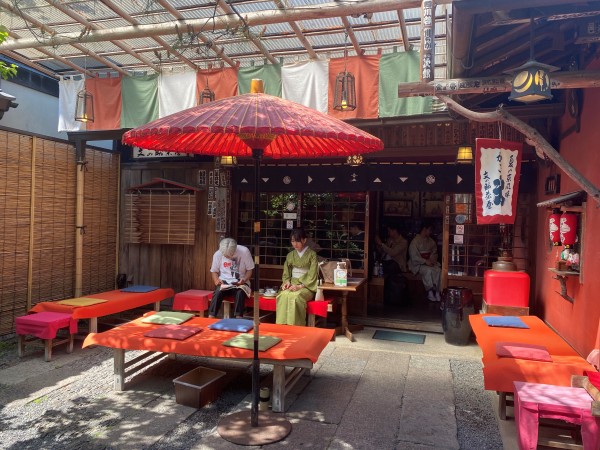
Sadō/chadō – a traditional Japanese tea ceremony
Participate in a traditional tea ceremony (sadō/chadō (茶道, 'The Way of Tea')) and learn what you would need to prepare a traditional Japanese matcha tea. That is one of these experiences that you cannot skip during your stay in Japan is a tea ceremony.

8 TOP best Japanese street foods not to be missed
Colorful morning and night markets; street food stalls; local vendors; ice cream sold from a bicycle; grilled food from in front of the owner's house - that is what makes local street food so unique. Add to it local flavors and freshness and you will get a perfect mix.
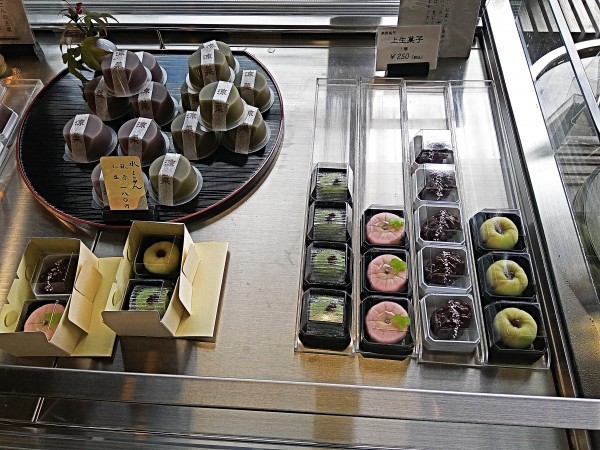
Not sweet sweets, that are Japanese sweets
Koyasan is famous not only for monasteries but also for sweets. And that was also the place where we had enough time to visit local shops with wagashi. Sophisticated in their design, beautiful and colorful.
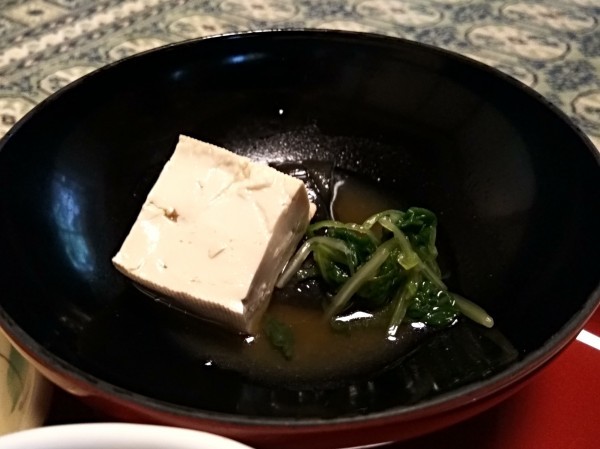
A traditional Zen Buddhist dish - Goma Dofu
What is tofu made of? Everyone would say that from soybeans. And that’s true. However, soy is not the only one! Try a traditional dish from Zen Buddhist monks' cuisine!

10 TOP Japanese bottled teas
Walking around streets of Yokohama and spending some time at the Tokyo Bay was a nice relax and let us experience a local life. That was also the first time we saw so many vending machines in one place.
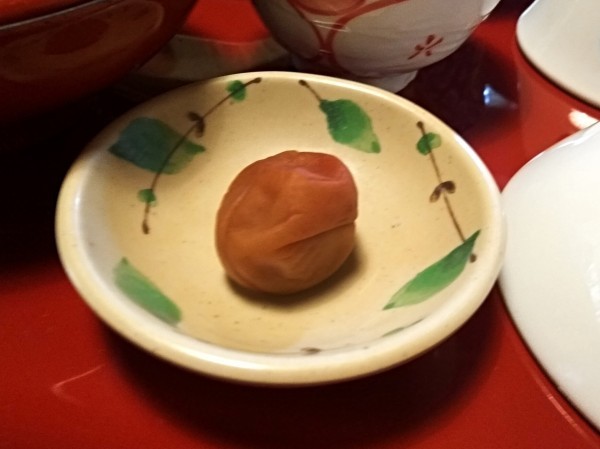
Umeboshi - a healthy food decoration.
Eaten in Japan as a relish, by children like a candy, added to almost every meal, soaked in alcohol or drinks – umeboshi is everywhere. And there is plentiful of reasons, why it is so.
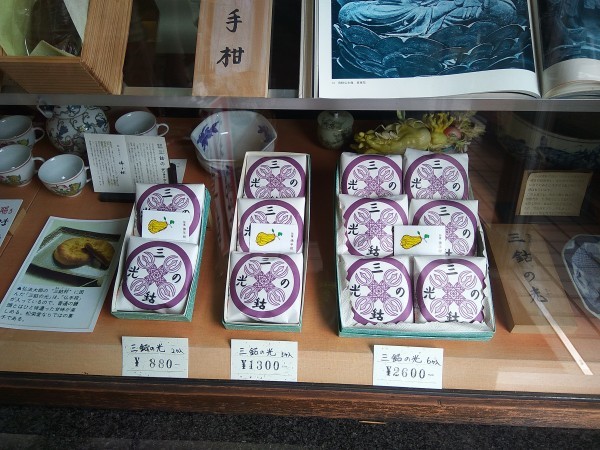
Japanese sweets - how are they?
In my previous post I was writing about Japanese sweets, that are basing mainly on Azuki beans. Today, I want to show you and explain some other local wagashi, that we had during our stay. And that time, don’t worry, ‘anko’ won’t be dominant! ;)
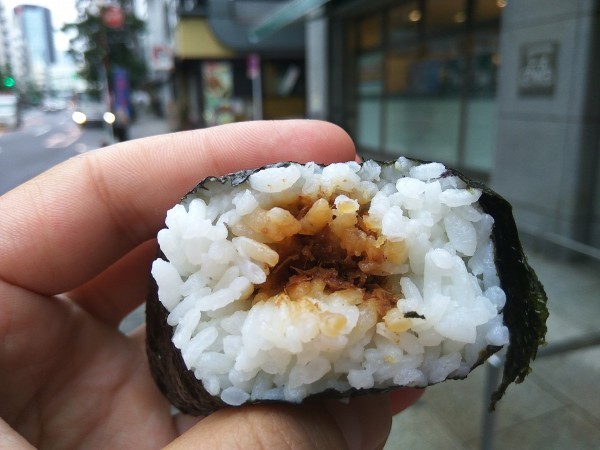
Onigiri in Japan – The Snack That’s More Than Just Rice
Stuffed steamed rice wrapped in a nori leaf - a healthy snack, that was always eaten with curiosity. What would the next bite reveal?

Japanese Tofu Guide: Silken, Hard, and the Special Koya Dofu from Mount Koya
Being in Japan and not eating the original Japanese tofu would be impossible for me. Without any doubt you can get tofu at yours, but that’s not the same thing. Soft, hard and freeze-dried...

Hokkaido's traditional Otaru Beer
When I think about Sapporo, I think about Winter Olympics in 1972. And there is much more to do and see than only a ski jump. One of the towns that are close to Sapporo is Otaru. A nice, little town, with great buildings, some remaining historical architecture and brewery!
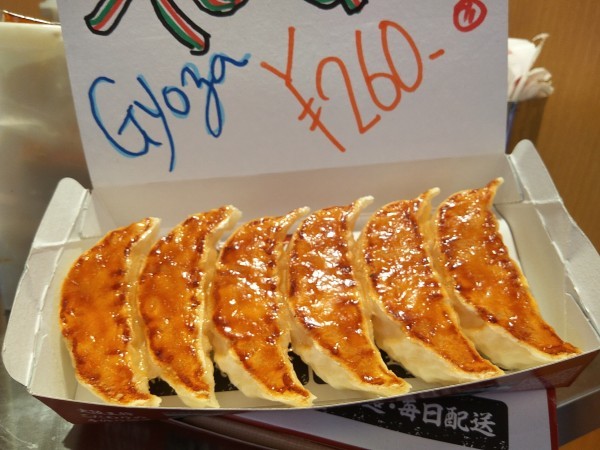
Trying Gyoza Sandwich in Okayama – Japan’s Unexpected Fusion Food
Have you ever heard about gyoza? About Japanese dumplings with a delicious finely chopped stuffing? So what is that exactly?
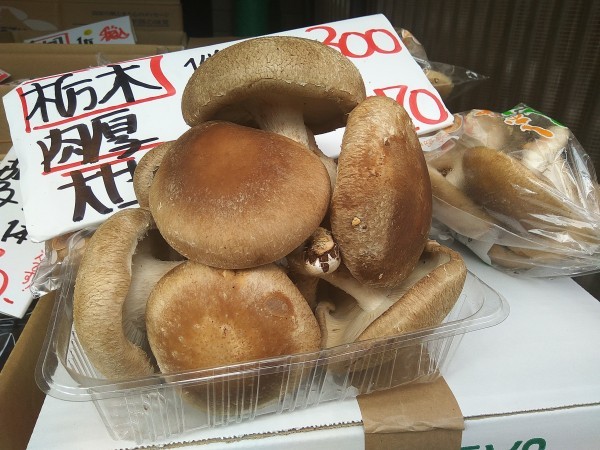
Identifying Japanese mushrooms in a convenience store
When I think about the Japanese cuisine, what comes to my mind is rice, seaweeds, sushi and of course mushrooms. Plenty of different mushrooms, served in different ways, with different flavors and textures.
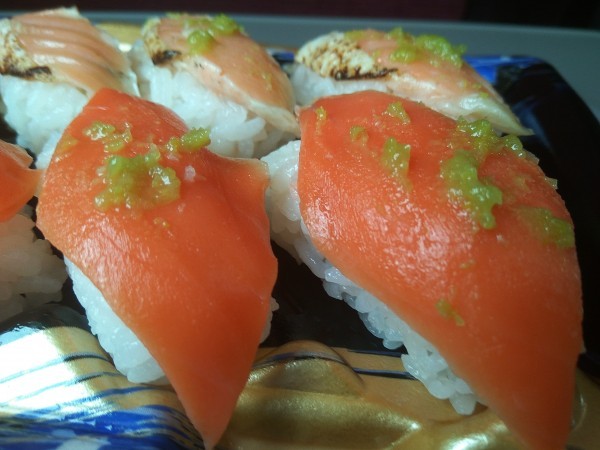
Japanese Sushi: What It Really Looks Like (and What’s Inside)
You know it very well, and probably like it even more. But how does it look like in Japan? Where to buy it? Where to eat? When to eat? And what is in it? Fish? Vegetables? Something else?
